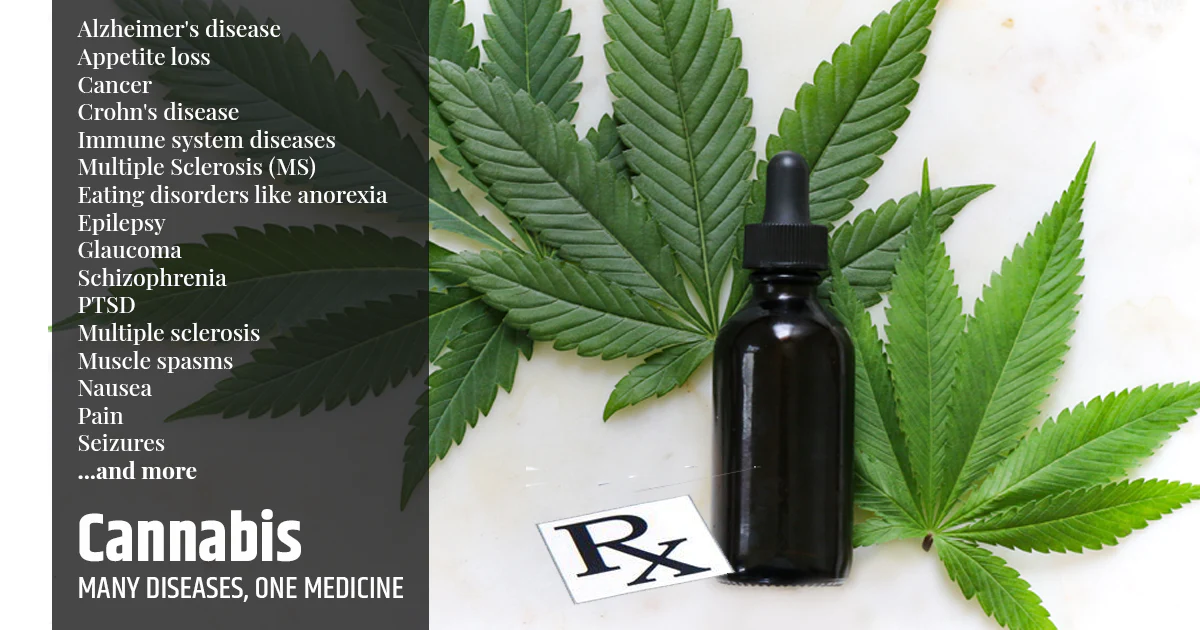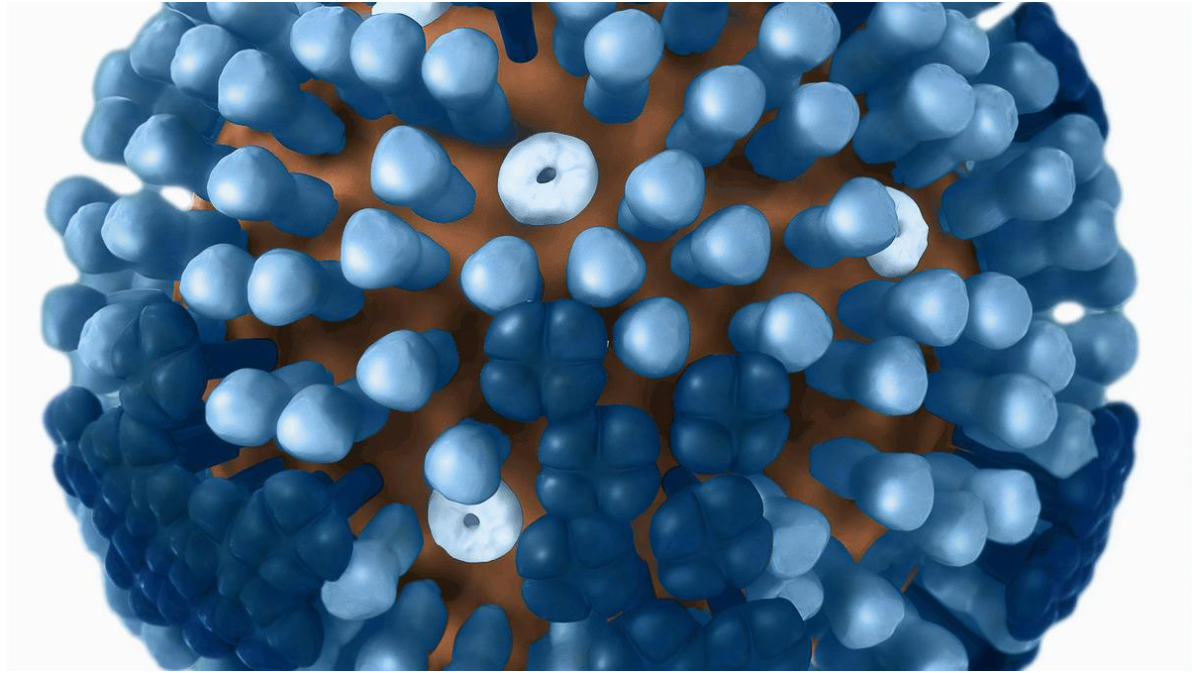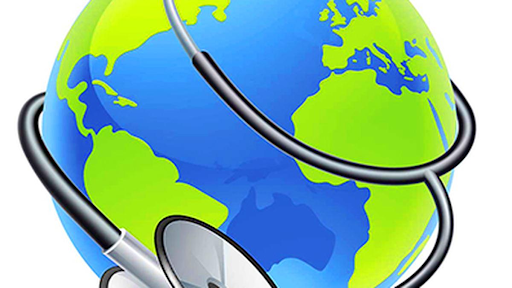Description

Copyright infringement not intended
Picture Courtesy: https://vediherbals.com/blogs/blog/cannabis-medicine-in-india
Context: Researchers at the University of British Columbia in Canada have initiated a clinical trial to explore the potential of cannabis in treating bipolar depression, addressing the scarcity of effective agents for managing depressive episodes in individuals with bipolar disorder.
Details
- The cannabis plant (Cannabis sativa) has caught the attention of psychiatrists due to its perceived impact on mood and cognition. Ongoing research actively explores the potential of cannabis-based compounds in managing or treating conditions such as schizophrenia, bipolar depression, and substance use disorders.
- Researchers at the University of British Columbia in Canada recently initiated a clinical trial to investigate whether cannabidiol could effectively treat bipolar depression. This trial holds promise for unveiling a new approach to addressing the incapacitating depression linked with bipolar disorder, considering the limited options available.
Medical Cannabis
- Medical cannabis, also known as medical marijuana, is the use of cannabis and its compounds to treat symptoms of certain medical conditions.
- Cannabis is a plant that contains over 400 chemicals, of which about 70 are cannabinoids. The most well-known cannabinoids are delta-9-tetrahydrocannabinol (THC) and cannabidiol (CBD). THC is the main psychoactive ingredient that causes the "high" feeling, while CBD has anti-inflammatory and anti-seizure properties.
Is Medical Cannabis Legal?
- The legal status of medical cannabis varies by country and state. In the U.S., federal law prohibits the use of whole-plant cannabis or its derivatives for any purpose. However, many states have legalized cannabis for medical use, with different regulations and qualifying conditions.
- In India, the Narcotic Drugs and Psychotropic Substances (NDPS) Act of 1985 generally prohibits cannabis use. However, the act allows for medical, scientific, and industrial use with proper licensing from the state government.

How is medical cannabis used?
Medical cannabis can be administered in various ways, depending on the product, the condition, and the preference of the patient. Some of the common methods are:
- Inhalation: Smoking or vaporizing dried cannabis flowers or concentrates. This method delivers the cannabinoids quickly into the bloodstream through the lungs, providing fast and potent effects. However, it also poses risks to the respiratory system, such as irritation, coughing, and bronchitis.
- Oral: Taking capsules, oils, tinctures, sprays, or edibles that contain cannabis extracts or synthetic cannabinoids. This method is more discreet and convenient than inhalation, but it also takes longer for the effects to kick in, as the cannabinoids have to pass through the digestive system and the liver before reaching the bloodstream. The effects are also less predictable and more variable, as they depend on factors such as the dose, the product formulation, and the individual metabolism.
- Topical: Applying creams, lotions, patches, or balms that contain cannabis extracts or synthetic cannabinoids to the skin. This method is mainly used for localized pain or inflammation, as the cannabinoids do not enter the bloodstream but act on the cannabinoid receptors in the skin. The effects are usually mild and slow to onset, but also long-lasting.
What are the Benefits of Medical Cannabis?
- Chronic pain: Medical cannabis may help reduce pain and inflammation, especially for neuropathic pain and cancer pain.
- Nausea and vomiting: Medical cannabis may help prevent or ease nausea and vomiting caused by chemotherapy or other medications.
- Multiple sclerosis: Medical cannabis may help reduce muscle spasms, stiffness, and pain associated with multiple sclerosis.
- Epilepsy: Medical cannabis may help reduce the frequency and severity of seizures, especially for rare forms of epilepsy such as Dravet syndrome and Lennox-Gastaut syndrome.
- Alzheimer's disease: Medical cannabis may help slow down the progression of Alzheimer's disease by preventing the buildup of amyloid plaques in the brain.
- Crohn's disease: Medical cannabis may help improve the symptoms of Crohn's disease, such as abdominal pain, diarrhoea, and weight loss.
- Glaucoma: Medical cannabis may help lower the intraocular pressure in the eyes, which can prevent or delay vision loss from glaucoma.
What are the Risks of Medical Cannabis?
Medical cannabis is not without risks or side effects. Some of the common ones are:
- Cognitive impairment: Medical cannabis can impair memory, attention, concentration, learning, and decision-making abilities. These effects are more pronounced with high doses of THC and acute use of cannabis. They may also persist after stopping cannabis use or become permanent with chronic use.
- Psychiatric disorders: Medical cannabis can trigger or worsen anxiety, depression, psychosis, schizophrenia, bipolar disorder, or substance use disorder in some individuals. These effects are more likely with high doses of THC, early onset of cannabis use, genetic vulnerability, or pre-existing mental health problems.
- Cardiovascular problems: Medical cannabis can increase heart rate, blood pressure, and risk of heart attack or stroke in some individuals. These effects are more likely with high doses of THC, inhalation of cannabis smoke, or underlying cardiovascular diseases.
- Dependence and withdrawal: Medical cannabis can cause physical and psychological dependence in some individuals who use it regularly or heavily. This means they may experience withdrawal symptoms such as irritability, anxiety, insomnia, appetite loss, or cravings when they stop or reduce their cannabis use.
|
Medical Cannabis
|
|
Key Point
|
Explanation
|
|
Plant Species
|
Cannabis sativa is the most common species used for medicinal purposes. Within the plant, two main compounds have significant therapeutic effects:
●Delta-9-tetrahydrocannabinol (THC): Responsible for the plant's psychoactive effects.
●Cannabidiol (CBD): Non-psychoactive, known for potential therapeutic benefits. Other cannabinoids and terpenes in the plant also contribute to its overall effects.
|
|
Medical Conditions
|
Medical cannabis may be considered in the management of various conditions:
●Chronic Pain: Can alleviate different types of pain, including neuropathic pain.
●Nausea and Vomiting: Helpful in reducing side effects from cancer treatments like chemotherapy.
●Muscle Spasticity: This may relieve spasms associated with conditions like multiple sclerosis.
●Epilepsy: Some forms of epilepsy, particularly drug-resistant seizures, may respond to CBD-based treatments.
●Mental Health Disorders: Potential for managing symptoms of anxiety, PTSD, and some sleep disturbances.
|
|
Active Compounds
|
THC: Primarily interacts with CB1 receptors in the brain, creating the psychoactive "high". Medically, it can stimulate appetite, reduce nausea, and may provide pain relief.
CBD: Less direct interaction with cannabinoid receptors; potential benefits include anti-inflammatory, anti-anxiety, and anti-seizure effects.
Terpenes: Aromatic compounds giving strains their unique odor profiles; may also have therapeutic effects and interact with cannabinoids.
|
|
Endocannabinoid System (ECS)
|
Our bodies have a complex network known as the ECS with cannabinoid receptors (CB1 & CB2).
●CB1 Receptors: Primarily in the central nervous system, influencing pain, mood, and motor function.
●CB2 Receptors: Mostly in the immune system, affecting inflammation and pain responses. Medical cannabis works by interacting with this ECS, modulating various physiological processes.
|
|
Legality and Regulations
|
The legal status of medical cannabis is a complex and ever-changing landscape.
●Global Variation: Countries have varying degrees of legal acceptance for medical cannabis. Some require prescriptions, while others have more restrictive policies or outright prohibitions.
●Evolving Trends: The trend is towards greater acceptance in many regions, fueled by research and advocacy efforts.
●India's Stance: While not fully banned, medical cannabis in India is heavily regulated and access is limited.
|
Conclusion
- In many countries and regions, the legality and accessibility of medical cannabis vary, with some jurisdictions allowing its use for medical purposes under certain conditions, while others strictly prohibit or regulate its use. As research into the therapeutic effects of cannabis continues to evolve, attitudes and regulations surrounding medical cannabis are also subject to change.

Must Read Articles:
CANNABIS: https://www.iasgyan.in/daily-current-affairs/cannabis#:~:text=The%20active%20ingredient%20of%20cannabis,to%20deal%20with%20cancerous%20diseases.
|
PRACTICE QUESTION
Q. Which of the following is a primary active cannabinoid in medical cannabis?
A) Tetrahydrocannabinol (THC)
B) Cannabidiol (CBD)
C) Cannabigerol (CBG)
D) All of the above
Answer: D
Explanation:
THC: The main psychoactive compound produces the "high," but also offers pain relief, appetite stimulation, and anti-nausea effects.
CBD: Non-psychoactive; potential benefits include reducing anxiety, inflammation, pain, and seizures.
CBG: A lesser-known cannabinoid with potential anti-inflammatory and neuroprotective properties.
|












